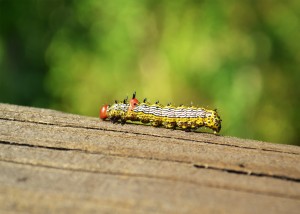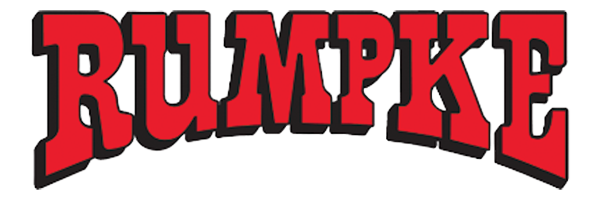Wildlife Thrives in Wetland Restoration Area

- A Redhumped Caterpillar at the Medora wetland area.
At Rumpke’s Medora Landfill in Jackson County, Ind., a wetland mitigation area makes up approximately three acres next to the landfill. Gorgeous flowers, plants and wildlife inhabit the area shedding a new light on this landfill’s beauty.
The purpose of the wetlands is to preserve, enhance, restore and maintain the natural features and ecological values of the property, to provide habitat for native plants and animals, to improve and maintain water quality, and to control runoff of sediments. Approximately a half-acre is comprised of water. (Video: Landfill Manager Ralph Collins talks about the wetland mitigation area at the Medora Landfill)
Rumpke has wetlands at other locations as well. The wetlands areas range in size and are home to more than 25 native plant species. The wetlands provide a relatively natural habitat and ecosystem.
There are three shallow pools connected with prairie grasses. The shallow pools have been planted with emergent wetland species such as dark green bulrush, creating habitat for salamanders, frogs, turtles, waterfowl, and water snakes.
There is an observation deck located in the wetlands area to allow visitors to learn about the surrounding area without disturbing plant and animal life. Students often come to the wetlands to observe and learn about the importance of wetlands and the species they house.
Constructing wetlands is a team effort. Rumpke excavates the area designated for the wetlands. Then, we contract a wetland planting construction company to plant trees and lay seed mix. Rumpke is currently working on constructing a wetlands area at our Beech Hollow landfill in Southeastern Ohio.
About the author: Tyra Owens is a corporate communications intern at Rumpke.
